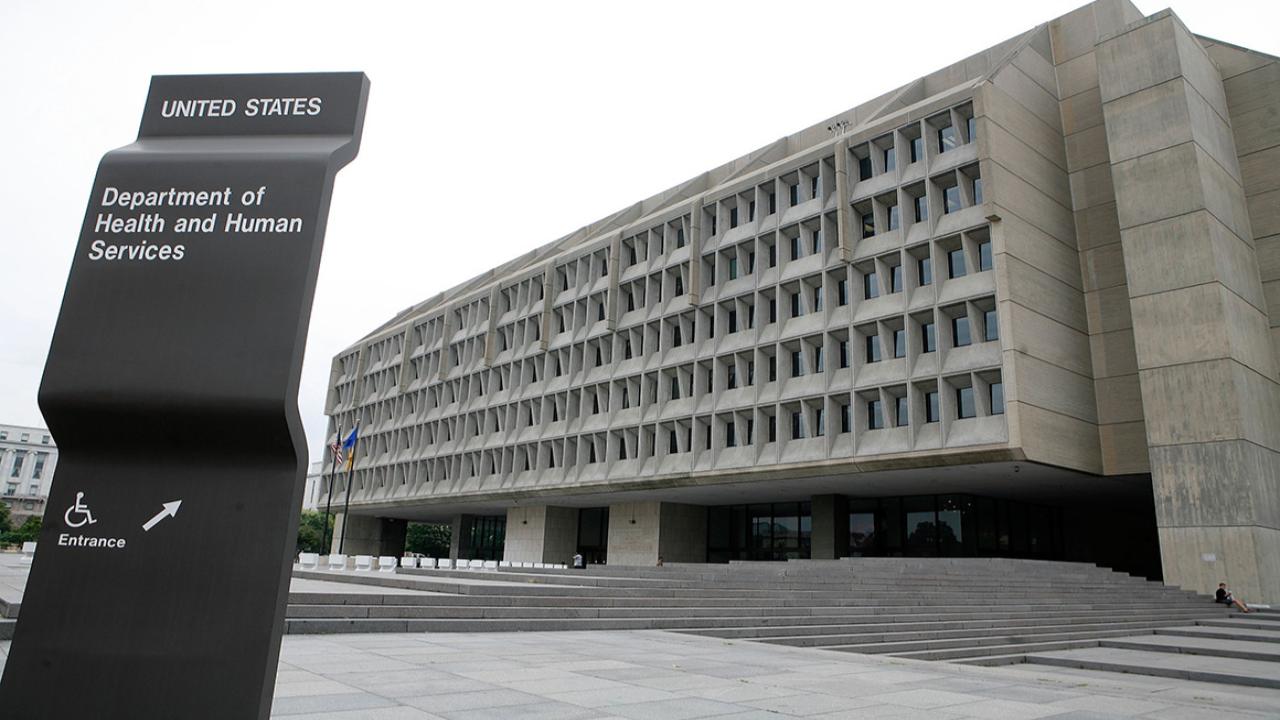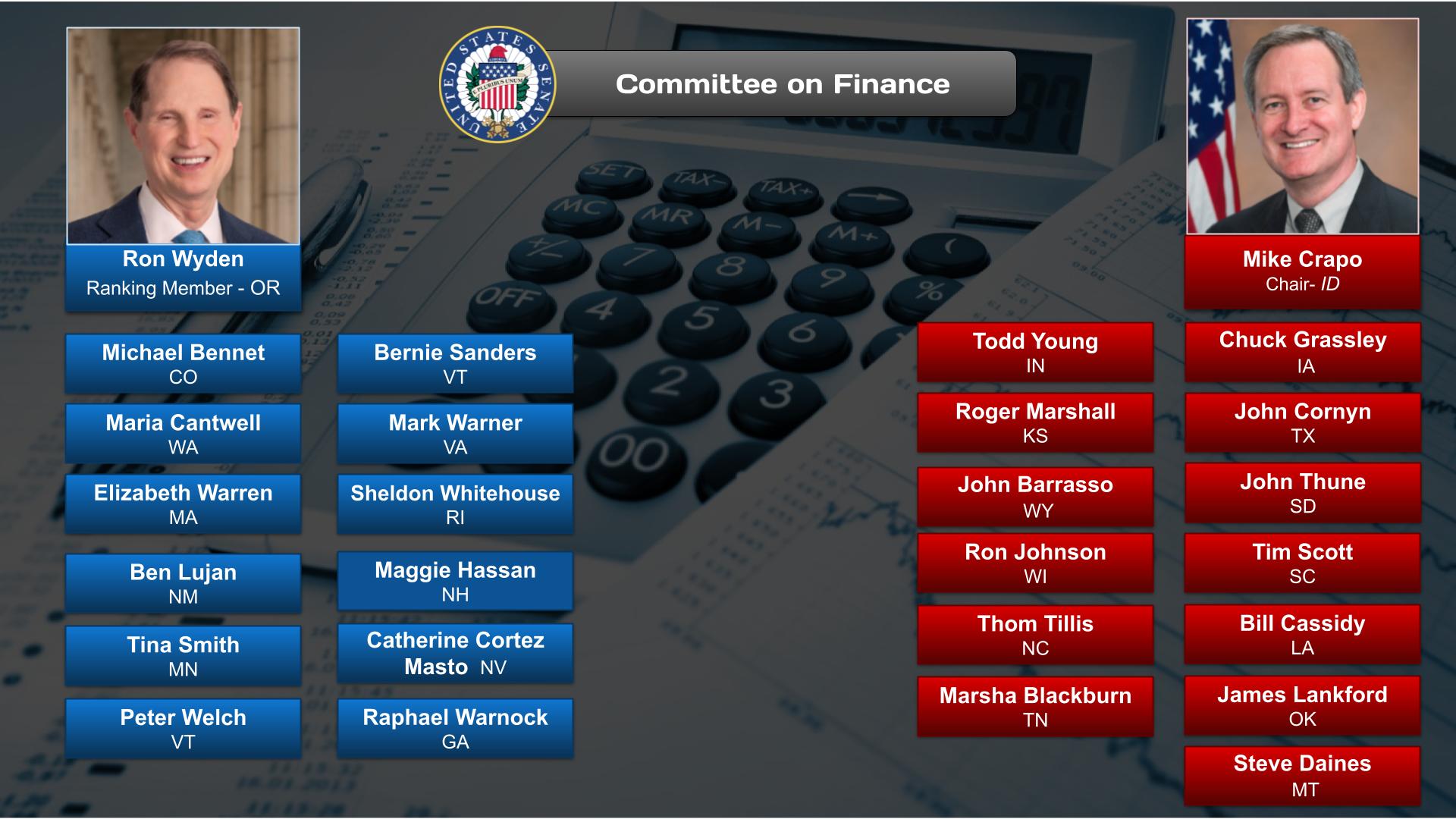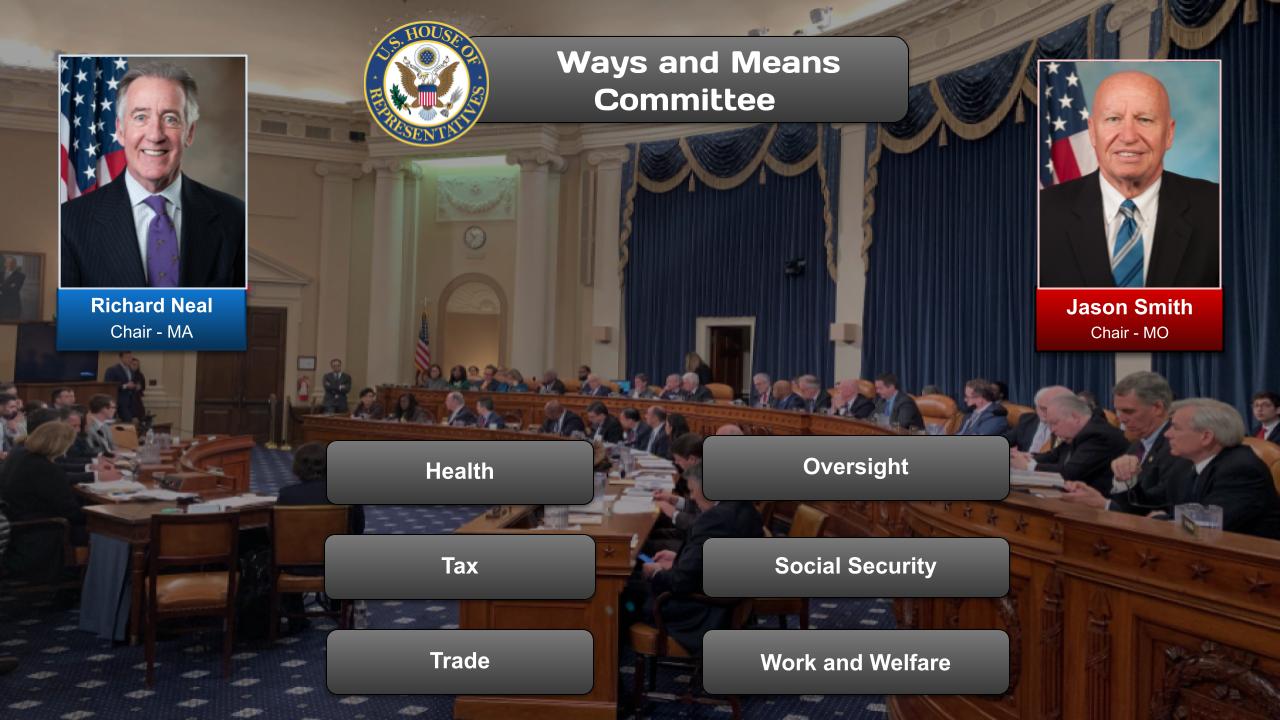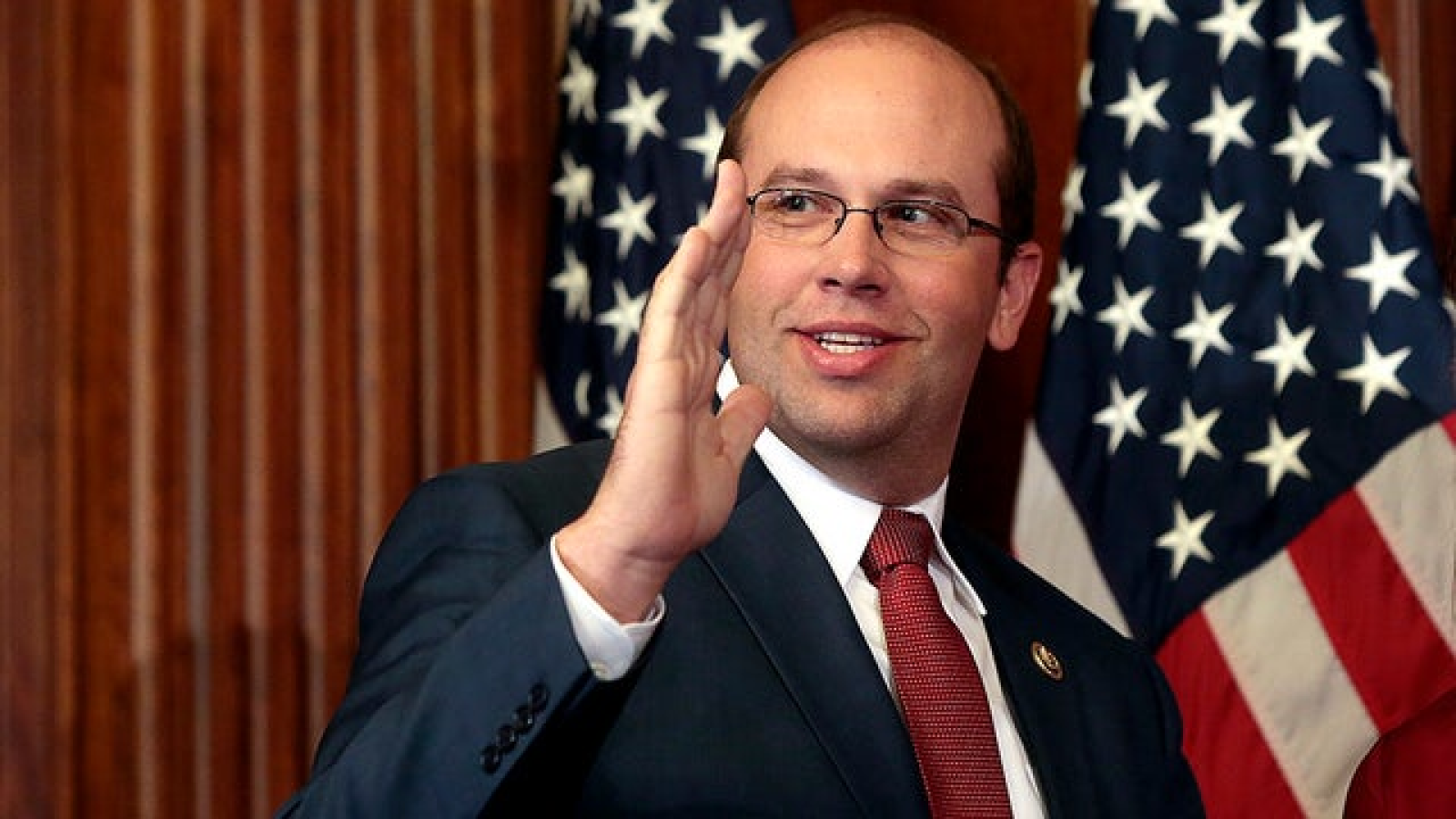Medicare is a government national health insurance program in the United States, begun in 1965 under the Social Security Administration (SSA) and now administered by the Centers for Medicare and Medicaid Services (CMS).
It primarily provides health insurance for Americans aged 65 and older, but also for some younger people with disability status as determined by the SSA, including people with end stage renal disease and amyotrophic lateral sclerosis (ALS or Lou Gehrig’s disease).
- In the ‘About’ section of this post is an overview of the issues or challenges, potential solutions, and web links. Other sections have information on relevant legislation, committees, agencies, programs in addition to information on the judiciary, nonpartisan & partisan organizations, and a wikipedia entry.To participate in ongoing forums, ask the post’s curators questions, and make suggestions, scroll to the ‘Discuss’ section at the bottom of each post or select the “comment” icon.
The Medicare category has related posts on government agencies and departments and committees and their Chairs.
15/08/2024 (06:42)
https://www.youtube.com/watch?v=xw5T2qfof7w&t=1s
Medicare reached agreements with major pharmaceutical companies to cut the cost the government pays for ten prescription drugs used by millions of Americans. It marks the first time the government has been able to negotiate directly with drugmakers, a result of provisions in the Inflation Reduction Act. Amna Nawaz discussed the impact with Neera Tanden, domestic policy adviser to President Biden.
OnAir Post: Medicare












